The rediscovery and reconstruction of Renaissance madrigal ornamentation has become a fascinating frontier for early music scholars and performers alike. In recent years, a growing number of vocal ensembles and musicologists have dedicated themselves to unraveling the intricate art of spontaneous embellishment that once brought these secular polyphonic works to life. What emerges is not merely an academic exercise, but a vibrant reawakening of performance practices that transform printed notes into living, breathing musical conversations.
The Challenge of Lost Traditions
Unlike Baroque music where ornamentation was often meticulously notated, Renaissance vocal decorations existed primarily as an oral tradition passed down through generations of singers. The very nature of these flourishes - ephemeral, improvisatory, and deeply personal - means that modern performers must piece together clues from scattered sources. Treatises by theorists like Giovanni Camillo Maffei and Vincenzo Galilei provide tantalizing glimpses into the practice, while manuscript marginalia and contemporary accounts offer additional breadcrumbs along this musicological trail.
What becomes clear is that ornamentation served as the vital spark between composition and performance. The same madrigal could sound radically different depending on the occasion, the ensemble, and even the emotional state of the singers. This fluid approach challenges modern performers accustomed to treating scores as sacrosanct texts rather than springboards for creative expression.
Decoding the Embellishment Vocabulary
Contemporary research has identified several characteristic ornament types that Renaissance singers would have employed. The passaggi - rapid scalar passages weaving through the melodic line - served both as technical display and emotional intensifier. More subtle were the groppi (turns) and trilli (short shakes), which added sparkle to cadential points. Perhaps most expressive were the esclamationi, sigh-like figures that mirrored the text's emotional content.
The application of these ornaments wasn't arbitrary but followed sophisticated rhetorical principles. Just as orators varied their delivery for emphasis and persuasion, singers shaped their embellishments to heighten the madrigal's poetic meaning. A setting of Petrarch's love poetry demanded different decorations than a lighthearted villanella, with the ornaments serving as a kind of musical punctuation.
Practical Reconstruction in Modern Performance
Several pioneering ensembles have developed compelling approaches to reviving these practices. The key lies in balancing historical evidence with artistic intuition. Some groups begin by performing madrigals strictly as notated before gradually introducing appropriate ornaments in subsequent repetitions - mirroring period practice where subsequent stanzas would be increasingly embellished.
The most successful reconstructions understand that ornamentation wasn't merely decorative but structural. Well-placed embellishments can clarify the counterpoint by emphasizing important entries, or heighten the harmonic tension at strategic moments. When executed with taste and historical awareness, these ornaments don't obscure the composition but reveal its hidden dimensions.
Technology has surprisingly aided this revival. Spectral analysis of rare early recordings (such as those made by the Vatican choir in the early 1900s) reveals vestiges of the ornamentation tradition surviving into modern times. Meanwhile, machine learning algorithms have helped identify patterns in the few notated examples that survive, providing models for modern performers.
The Living Tradition Reimagined
Beyond historical accuracy, this revival speaks to contemporary musical values. In an age of increasing standardization, Renaissance ornamentation offers a model for balancing composition and improvisation, discipline and freedom. Young singers trained in this approach often report feeling newly empowered - not as mere interpreters but as creative collaborators with composers across the centuries.
The movement has also sparked interesting cross-genre experiments. Some jazz vocalists have begun incorporating Renaissance ornamentation techniques into their improvisations, while early music ensembles occasionally perform madrigals with multiple layers of simultaneous improvised decoration - a practice suggested by some 16th century accounts.
As scholarship continues to uncover new evidence, our understanding of this rich performance tradition will undoubtedly evolve. What remains constant is the realization that the printed madrigal collections we inherit represent only half the story - the full picture emerges only when we dare to add our own voices to this centuries-old musical conversation.
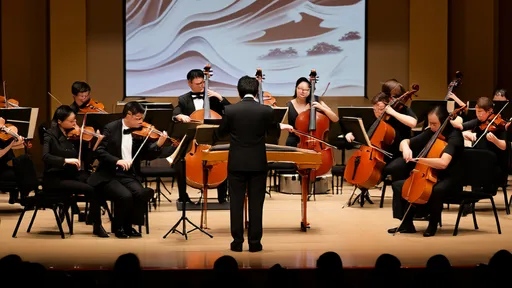
By /Jul 17, 2025

By /Jul 17, 2025
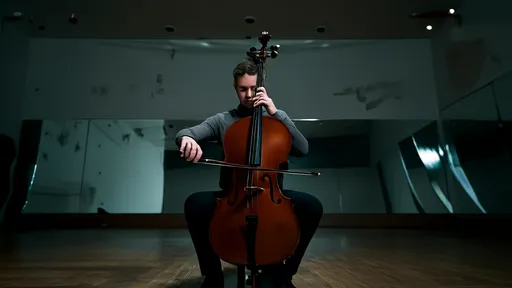
By /Jul 17, 2025

By /Jul 17, 2025

By /Jul 17, 2025

By /Jul 17, 2025

By /Jul 17, 2025
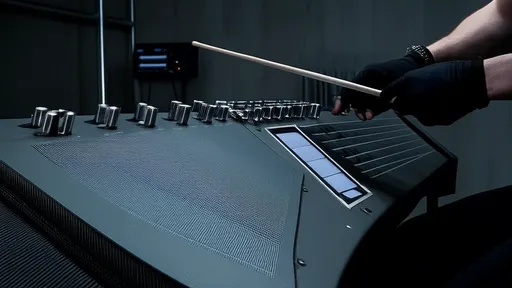
By /Jul 17, 2025

By /Jul 17, 2025

By /Jul 17, 2025

By /Jul 17, 2025
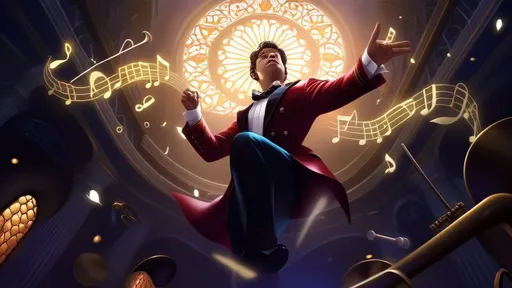
By /Jul 17, 2025

By /Jul 17, 2025
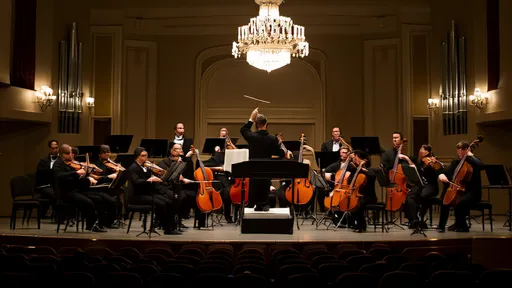
By /Jul 17, 2025
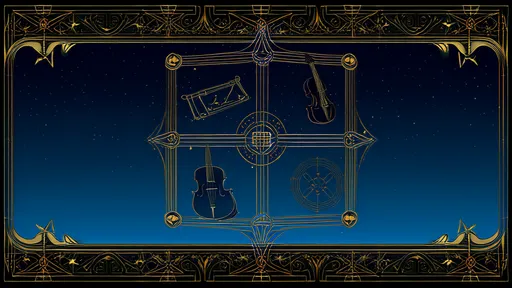
By /Jul 17, 2025
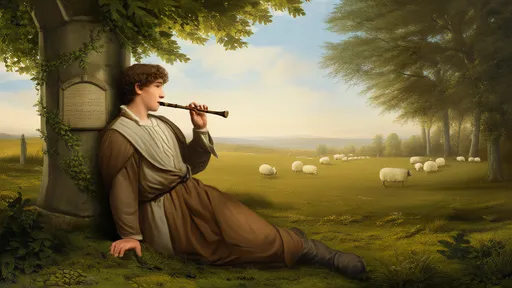
By /Jul 17, 2025

By /Jul 17, 2025
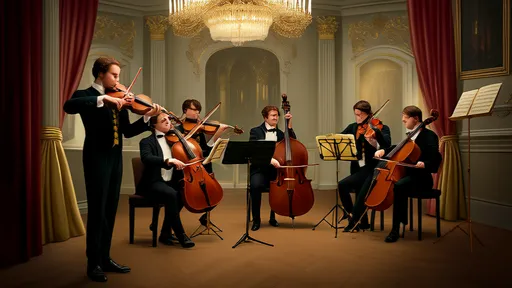
By /Jul 17, 2025